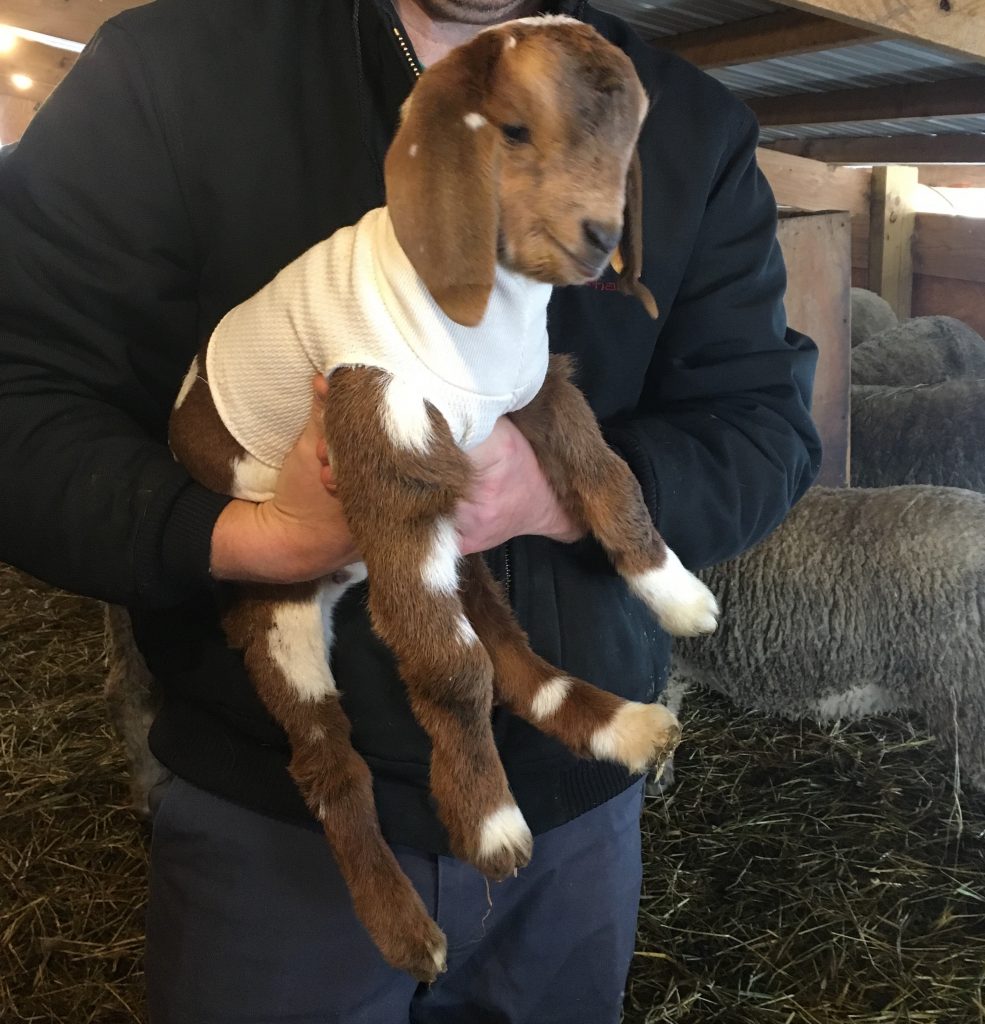Must Read
Prepping for Livestock
Prepping for livestock can be complicated. Variations in the economy have real-world effects on small and large farms. Topics such as inflation, fuel prices, and commodities are just a few of the many issues forcing changes on many farms to maintain a healthy bottom line. Couple these topics with environmental challenges, such as the drought experienced by many farms in the southwest United States in 2022, and you have a recipe for disaster. It is an unfortunate truth we have seen many long-standing family farms close their gates in 2022. Before introducing livestock to your farm, here are a few considerations.
Know Thyself… and Thy Situation
Understanding your strengths and weaknesses before embarking on the adventure of animal husbandry is extremely important. While this may seem silly, individuals often acquire animals to only later consider housing, feed, fencing, and other essential topics that go hand in hand with owning animals.
While some may think of strengths and weaknesses as personal attributes, physical considerations outside the person should also be considered. Sure, knowing what you are doing is essential, but what about the “stuff” required?
Land for Livestock
Like it or not, the land will likely be the “make or break” part of your operation. When prepping for livestock, don’t get too hung up on a defined animal-per-acre ratio, there are considerations to be made. How do you plan on maintaining your flock or herd? Do you intend to graze your livestock, dry lot them, or use a blended system? What are your soil quality, temperatures, rainfall, and topography?
A one-acre plot of land in the Midwest on black dirt and flat as a pancake will obviously support more livestock than a rocky, hilly acre in Tennessee. Take this to the extreme and compare it to an acre of land in the Southwest with very little rainfall and hard caliche soil. This does not consider other factors such as price, availability, or access.
Livestock and Utilities
Utilities are an often-overlooked consideration in livestock husbandry. It is no secret that animals require a good source of clean, fresh water. While many videos and articles talk about running large flocks or herds of animals on pastures, the mechanics of providing these animals with water is rarely covered.
Suppose you are fortunate enough to have ponds or streams. In that case, it is imperative to have testing completed to ensure the water is, in fact, potable. If no water is available on site, it will have to be transported by some secondary method such as a truck, tank, or other means.
Power, or at least access to power, is another vital consideration. Fence energizers, heaters, pumps, and other “must-have” items require power.
Reliable Access to Feed for Livestock
Emphasis should be placed on “reliable” in this section. Even the well-known pasture-pushing, free-range, rotational grazing folks you might encounter online often find themselves in situations where they need to supplement with hay or grains. Regardless of methods, it is important to always give free choice minerals. Even producers like Greg Judy who use large parcels of land and rotational grazing bale to store and feed hay. If you don’t think so, you haven’t been paying attention to his videos. Feeding hay on the ground is still feeding hay. Hay requirements are accomplished by one of two means: Do it yourself or acquire it from someone else.
Even the well-known pasture-pushing, free-range, rotational grazing folks you might encounter online often find themselves in situations where they need to supplement with hay or grains.
Growing and baling hay is a highly complicated topic we will not delve into now; however, it is crucial to consider the amount of time and capital required. It is imperative to have a reliable source available for you to purchase hay. This may require pre-payment to a producer and reliable storage practices. How much hay do you need for a season? This is another complicated question we will discuss in further articles. It is worth noting an inability to acquire hay, be it due to physical or economic barriers, was the downfall of multiple farms over this past year.
Conclusion
In economics, there is a term known as “barrier to entry.” Simply put, this is the constraint individuals face when embarking on an economic venture. Even more simply, this is the nagging question we all met when getting started: “How can I afford to do this?”. When prepping for livestock a simple article cannot cover the considerations to answer this question. Ultimately, every farm is unique and has its own advantages and disadvantages. As the producer, it falls on you to take the time to research and ask the hard questions needed to prepare for your new adventure. We will continue to address many of these topics here!

